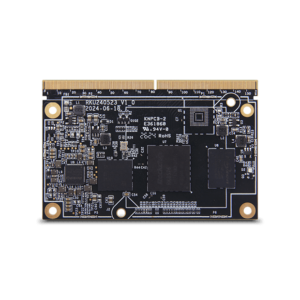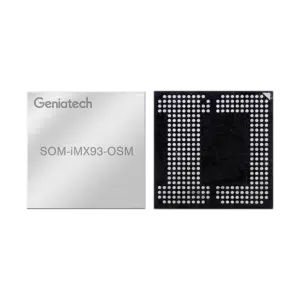System on Module vs. Traditional Development: Which Is Right for You?
System on Module vs. Traditional Development: Which Is Right for You?
Blog Article
The rapid development of technology has driven significant improvements in stuck systems, among that will be the system on module design Working as a link between custom electronics and off-the-shelf modules, the SoM is redefining how developers approach embedded process design. This blog highlights the essential knowledge of a Process on Element and their rising applications in various industries.

What's a Process on Element (SoM)?
A Process on Element (SoM) is a lightweight, ready-to-use table that combines all the core the different parts of a method on a single module. That on average involves the processor, storage, power administration devices, and often extra peripherals like Wi-Fi or Ethernet. Unlike a traditional single-board pc, an SoM doesn't come with fittings and software slots pre-installed, meaning it must certanly be coupled with a service panel to form a whole system.
Made to improve development workflows, the modular nature of an SoM allows developers to miss the delicate procedure for designing and assembling every person aspect from scratch. By adopting an SoM, organizations may concentrate more on the application-specific characteristics of their products.
Benefits of Applying System on Component
The integration of a complete process on one module presents several benefits. First, it drastically reduces the full time required for item development. Pre-tested segments ensure security, preserving weeks of work for executive teams.
Moreover, the scalability of an SoM allows firms to adjust performance levels centered on project requirements. For example, a low-cost solution can easily scale right into a high-end item by trading the processor in the component while keeping the provider table design. This approach decreases executive risks while promoting long-term cost-efficiency.
Last but most certainly not least, the consistency of an off-the-shelf component ensures high compatibility with active methods and frameworks, rendering it perfect for both small startups and big enterprises striving to to enter the market quickly.
Critical Programs of SoM in Stuck Systems
The usage of Process on Adventures spans several high-demand industries including although not restricted to medical devices, automation, and client electronics.
Medical Units
Precision and reliability are paramount in healthcare. Process on Modules with protected handling functions are stuck in watches, imaging devices, and lightweight diagnostic tools.
Professional Automation
Sturdy and energy-efficient, an SoM is crucial for commercial get a grip on techniques and autonomous robotics. Their scalable structure supports high-speed information control and IoT connectivity.
IoT Units

Customer products and services like intelligent thermostats, wearable devices, and even house personnel incorporate an ultra-compact Program on Component for seamless performance.
The Process on Module continues to achieve traction due to its reduced difficulty and usefulness, cementing it self as a future-proof solution in the stuck systems sphere. Business leaders happen to be leveraging these adventures, and their range is expected to grow even further as technology evolves.
Report this page